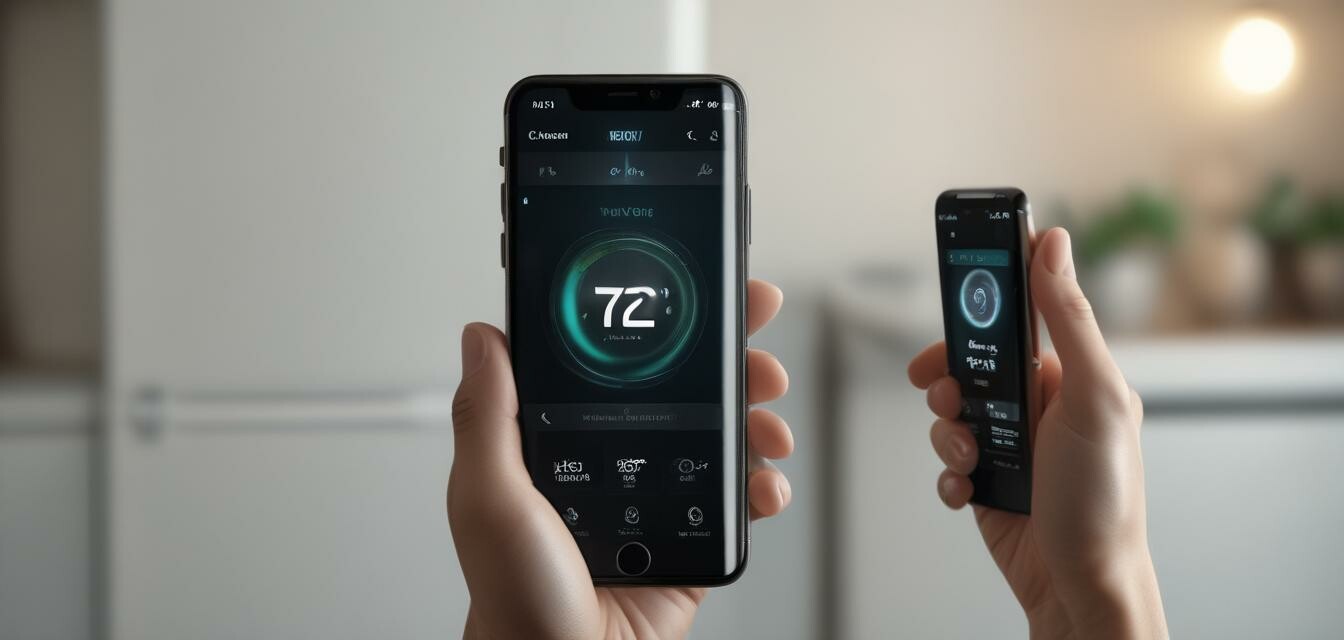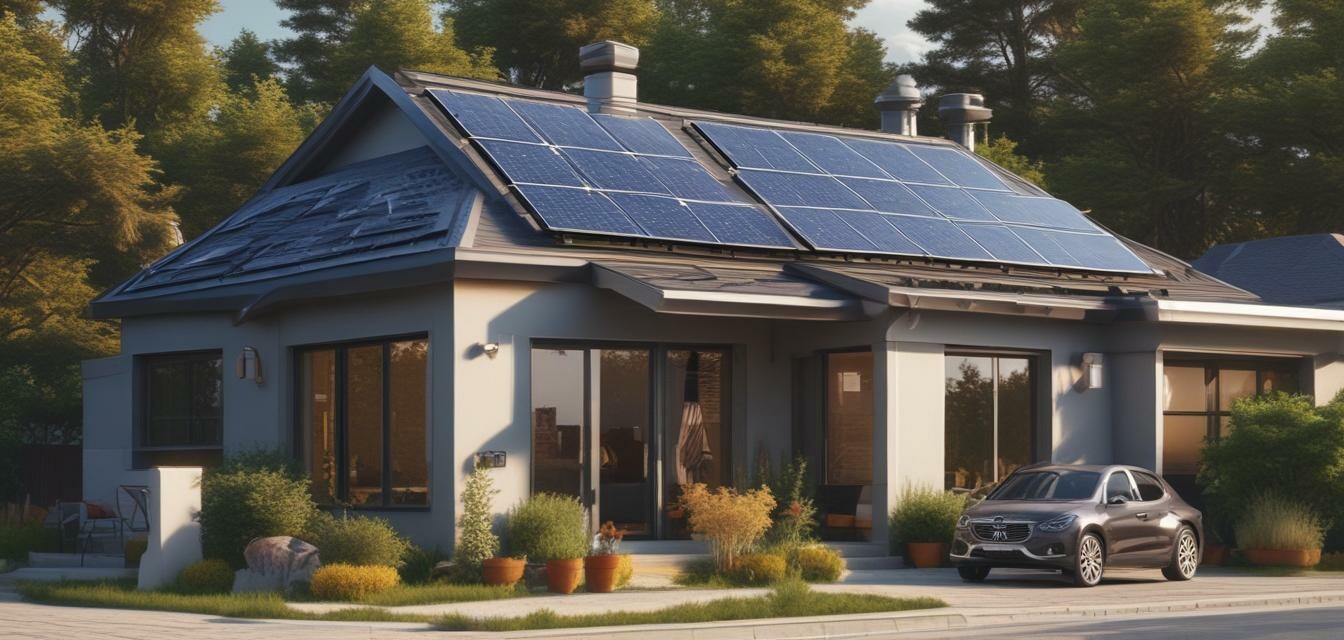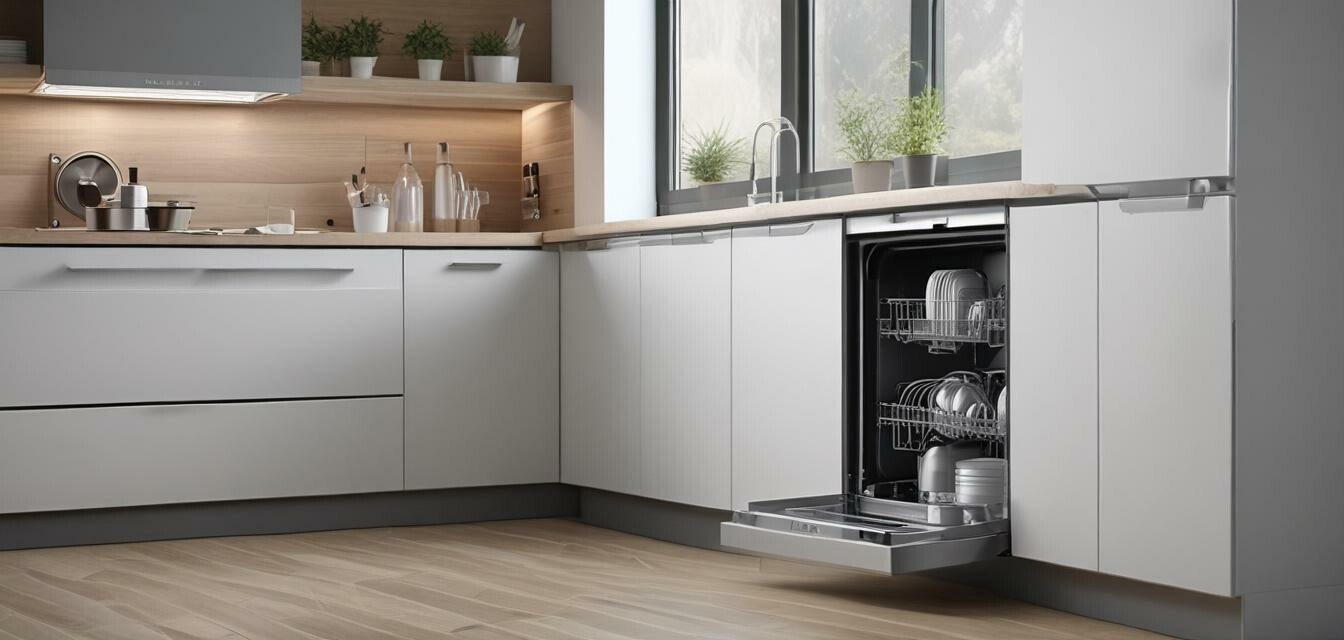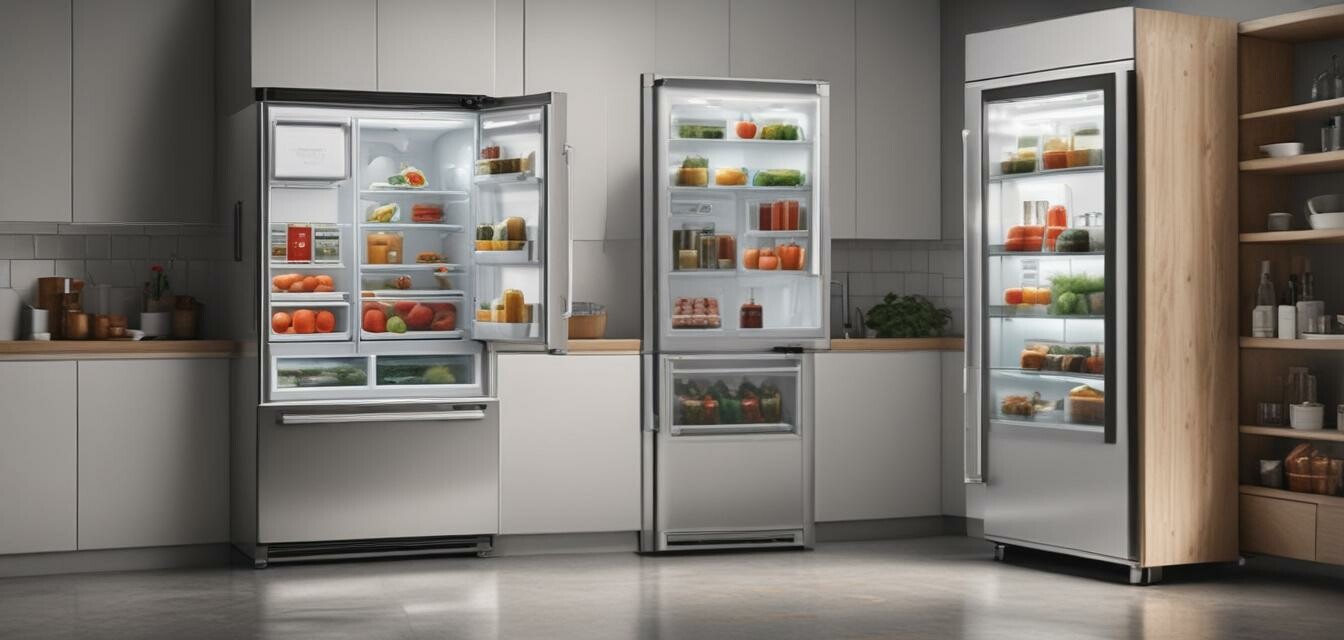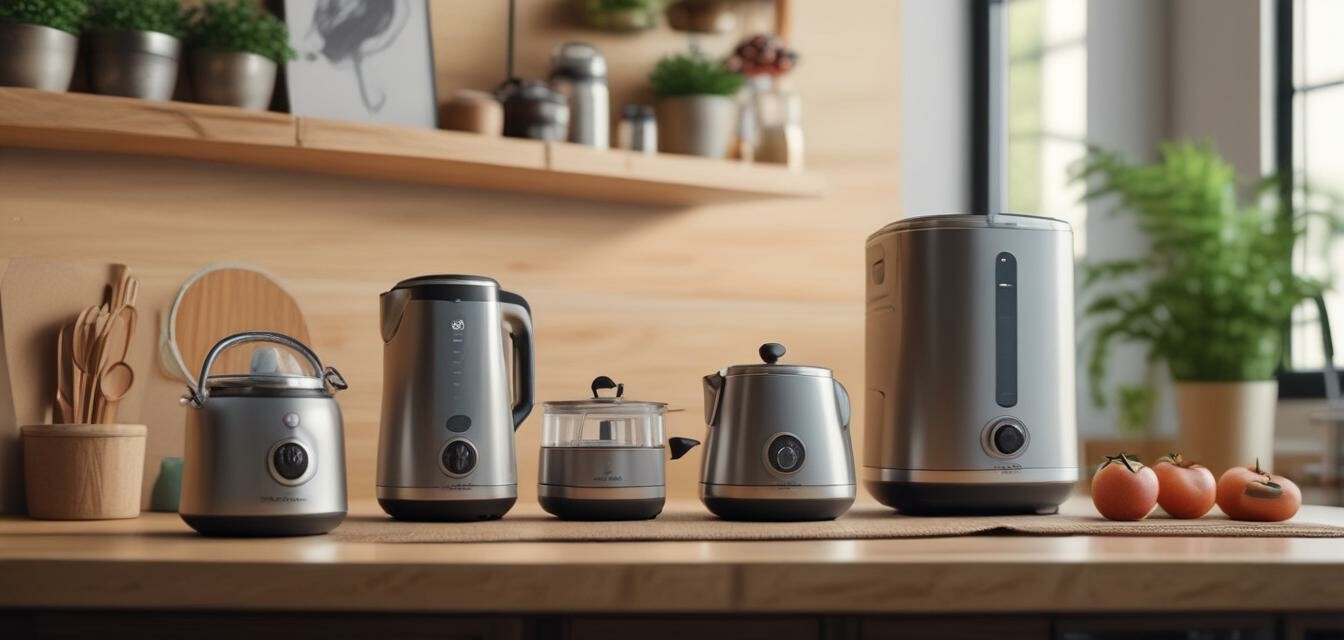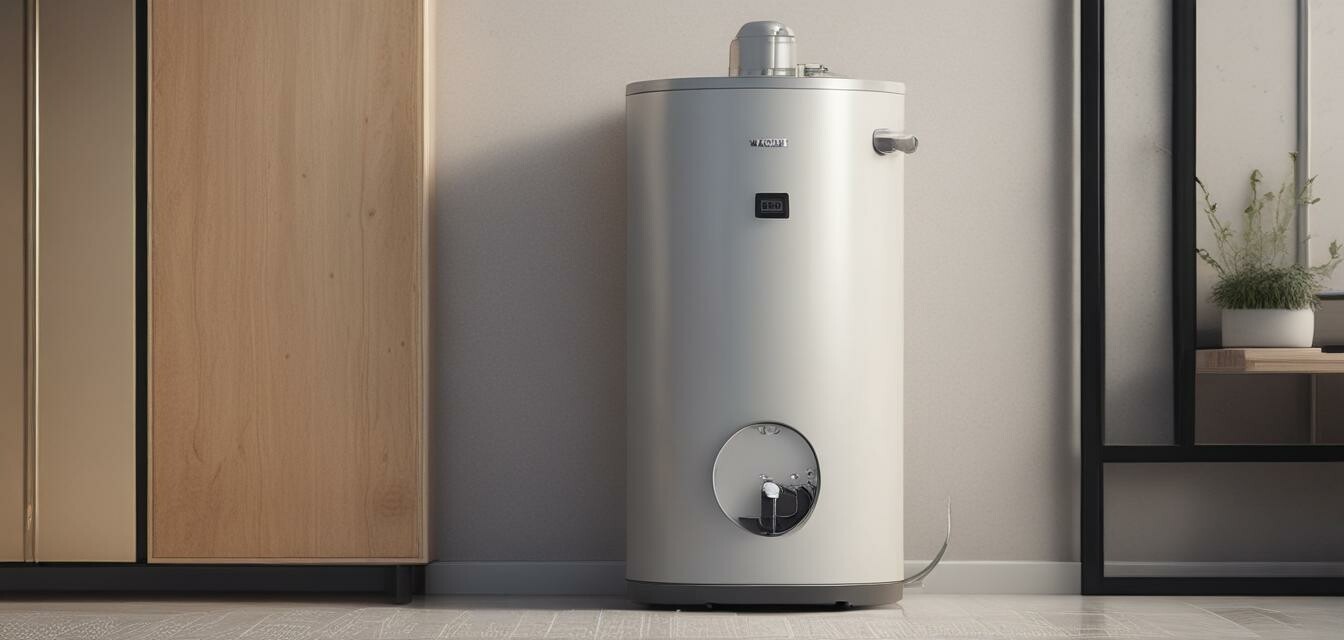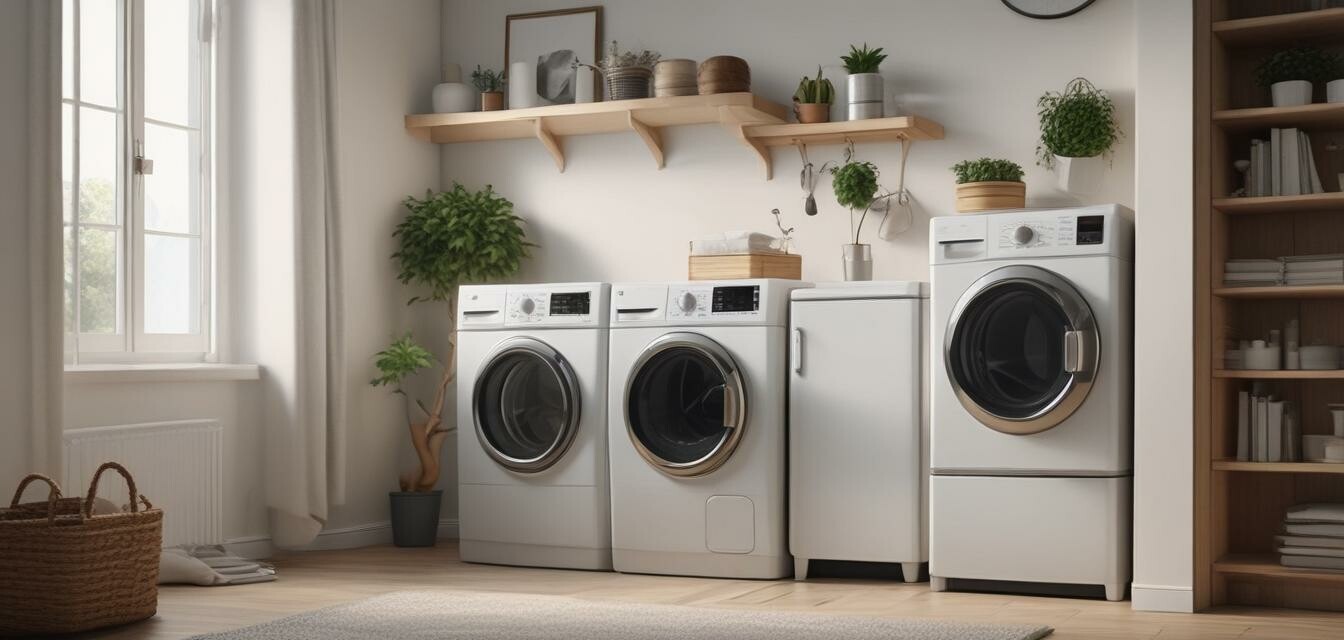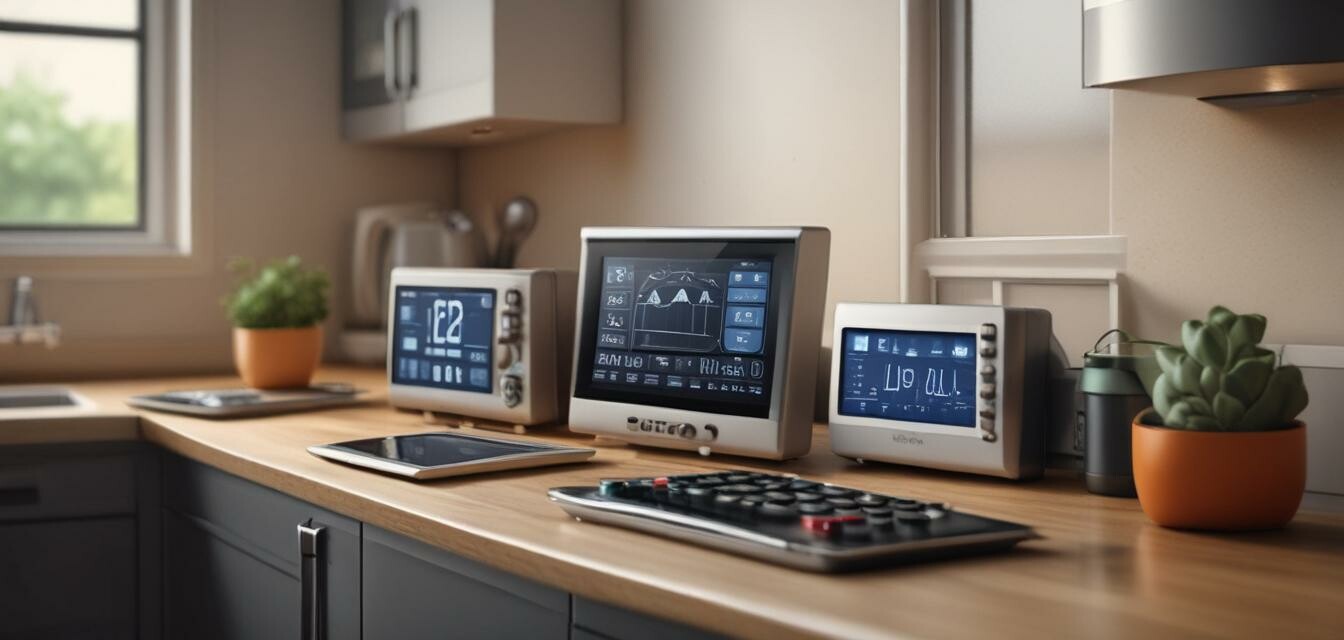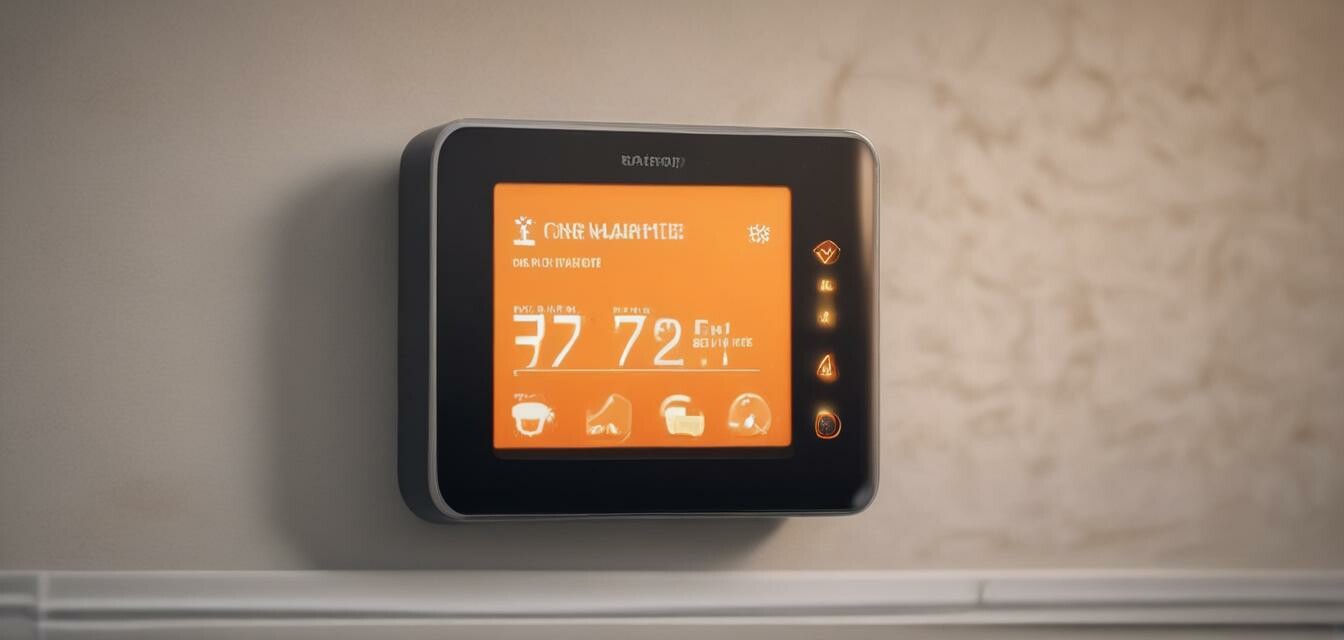
Smart thermostats and controllers
Key Takeaways
- Smart thermostats can significantly reduce energy consumption.
- They offer remote control features for added convenience.
- Many models are compatible with various heating and cooling systems.
- Integration with home automation systems enhances user experience.
Smart thermostats have become a crucial part of modern homes, combining technology with energy efficiency to enhance comfort and convenience. In this guide, we will explore the benefits of smart thermostats, how they work, and important features to consider when choosing one for your home.
What are smart thermostats?
Smart thermostats are devices that allow users to manage their home’s heating and cooling systems more efficiently. They can be controlled remotely via a smartphone app, enabling homeowners to adjust temperatures, monitor energy usage, and set schedules from anywhere. This not only improves comfort but also helps in saving energy and reducing utility bills.
Benefits of smart thermostats
| Benefit | Description |
|---|---|
| Energy Savings | Smart thermostats learn your preferences and adjust settings automatically, leading to reduced energy consumption. |
| Remote Access | Control your thermostat from anywhere using your smartphone or tablet, ensuring your home is always comfortable. |
| Integration | Many smart thermostats can integrate with home automation systems, allowing for seamless control of all connected devices. |
| Usage Reports | Receive detailed reports on your energy usage to identify patterns and make adjustments for further savings. |
How do smart thermostats work?
Smart thermostats use Wi-Fi connectivity to communicate with your home’s heating and cooling systems. They collect data on your usage patterns and preferences, learning when you are home or away. This data enables them to create a personalized heating and cooling schedule that optimizes energy usage while maintaining comfort.
Key features to consider
- Compatibility: Ensure the thermostat is compatible with your existing HVAC system.
- Learning Capabilities: Look for models that adapt to your routines over time.
- Smart Home Integration: Choose a thermostat that works with your existing smart home devices.
- Mobile App: A user-friendly app is essential for remote control and monitoring.
- Energy Reports: Some models offer insights into energy usage, helping you save more.
Types of smart thermostats
| Type | Description |
|---|---|
| Learning Thermostats | These thermostats learn your schedule and automatically adjust settings for optimal efficiency. |
| Programmable Thermostats | Allow users to set schedules but do not learn or adapt automatically. |
| Wi-Fi Thermostats | Enable remote access and control through a smartphone app but may lack advanced learning features. |
| Smart Home Thermostats | Designed to integrate seamlessly with other smart home devices for a more connected experience. |
Installation and setup
Installing a smart thermostat can be a straightforward process for those with basic DIY skills. However, if you’re unsure about the installation, it’s advisable to hire a professional. Below are the general steps involved:
- Turn off the power to your HVAC system.
- Remove the old thermostat and label the wires.
- Connect the wires to the new smart thermostat as directed by the manufacturer's instructions.
- Attach the thermostat to the wall and restore power.
- Download the associated app and follow the setup instructions.
Common questions about smart thermostats
Are smart thermostats worth the investment?
Yes, the initial cost can be offset by the energy savings over time. Most users find that their smart thermostat pays for itself within a few years.
Will a smart thermostat work with my existing HVAC system?
Most smart thermostats are compatible with various systems, but it's crucial to check the specifications before purchasing.
Can I install a smart thermostat myself?
Installation can often be done by a DIY enthusiast, but professional installation is recommended if you're not comfortable working with electrical components.
Energy efficiency and environmental impact
Smart thermostats play a significant role in promoting energy efficiency and reducing carbon footprints. By optimizing heating and cooling schedules, they help conserve energy, which is beneficial for both your wallet and the environment.

Conclusion
Smart thermostats are an excellent investment for anyone looking to enhance their home’s comfort while reducing energy consumption. With various types available, it’s essential to choose one that aligns with your needs and preferences. For more information on related appliances, check out our sections on air conditioners, dishwashers, and washing machines.
Pros
- Reduced energy bills
- Enhanced comfort through automated settings
- Remote access and control
- Integration with smart home devices
Cons
- Initial investment cost
- Potential compatibility issues
- Requires Wi-Fi connectivity

Tips for beginners
- Research different models and their features before making a purchase.
- Consider your home’s layout and HVAC system compatibility.
- Utilize energy-saving settings and schedules to maximize savings.
- Regularly update the thermostat’s firmware for improved functionality.
